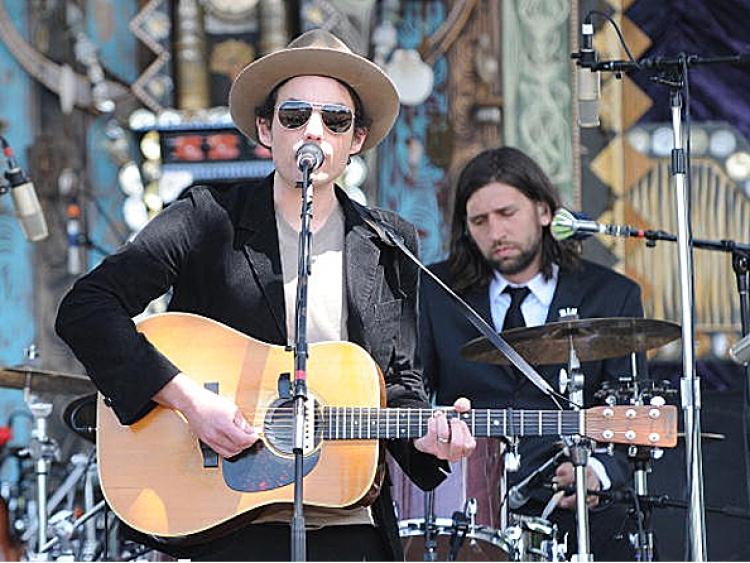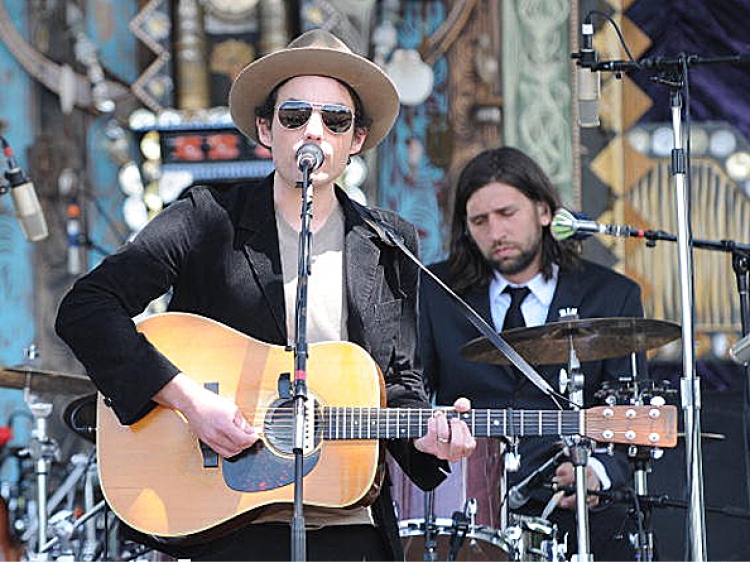Son of Bob Dylan speaks from the heart
The New York City-born singer/songwriter Jakob Dylan first appeared on the rock scene in 1996 with his band The Wallflowers and their platinum-selling release Bringing Down the Horse.
The album featured many memorable tracks, the most popular being “One Headlight,” in which Dylan told a dark story of a broken-hearted lost lover, laced over a pulsing pop bass line and a rallying chorus. His songwriting ability and vivid, often times stark metaphors gave him enough street credibility to emerge from the large shadow cast by his father and legendary song craftsman, Bob Dylan.
Jakob Dylan’s first solo release, Seeing Things, comprises 10 stripped-down acoustic tales accompanied by classic folk rhythms, twangy and clever guitar licks, the occasional backup harmony, and Dylan’s deep, raspy voice at the forefront leading each song.
The album was produced by legendary music visionary Rick Rubin, known for working with various genres and artists, including the late Johnny Cash, Neil Diamond, Beastie Boys, Red Hot Chili Peppers, and Tom Petty.
Dylan’s effort is humble—you won’t find an overdone production or arrangement. Instead what is confessed are simple, straight-forward vocally driven melodies, textured with quickly plucked strings, and alive with country and blues undertones. Each song is like a timeless story seeded with deep metaphorical pictures, and filled with thoughts on war, hard work, old country clichés, past and present loves, and the four seasons.
Dylan has an interesting way of contrasting his tones from light-hearted, brighter elements to darker, somber portrayals. “Evil Is Alive And Well” is a murky finger-picking blues tune cataloging the existence of evil around every corner. Dylan sings: “May be in a palace/ may be in the streets / May be here among us on a crowded beach/ May be asleep in a roadside motel/ But evil is alive and well.”
“War Is Kind” captures awesome imagery of a soldier talking to his family, one by one, downplaying the effects of war to his loved ones, but still wounded on the inside. It is easily one of the disc’s strongest recordings.
Dylan shows character on “All Day And All Night” with a country guitar line hook between verses as well as on “Valley Of The Low Sun” in which the singer pegs his sincerity with “My dreams are humble lean as arrows/ Streetwise ready and fair.”
The drawback to Seeing Things is that the lyrical structure of the songs tends to be repetitive. Each chorus ends with the song title sang as the last line followed by an instrumental section. By the seventh or eighth song, it starts to feel like a tired and re-used format.
Had Rubin had more of a hand in arrangement of the tracks from the ground up, the whole project could have had a little more personality and diversity.





